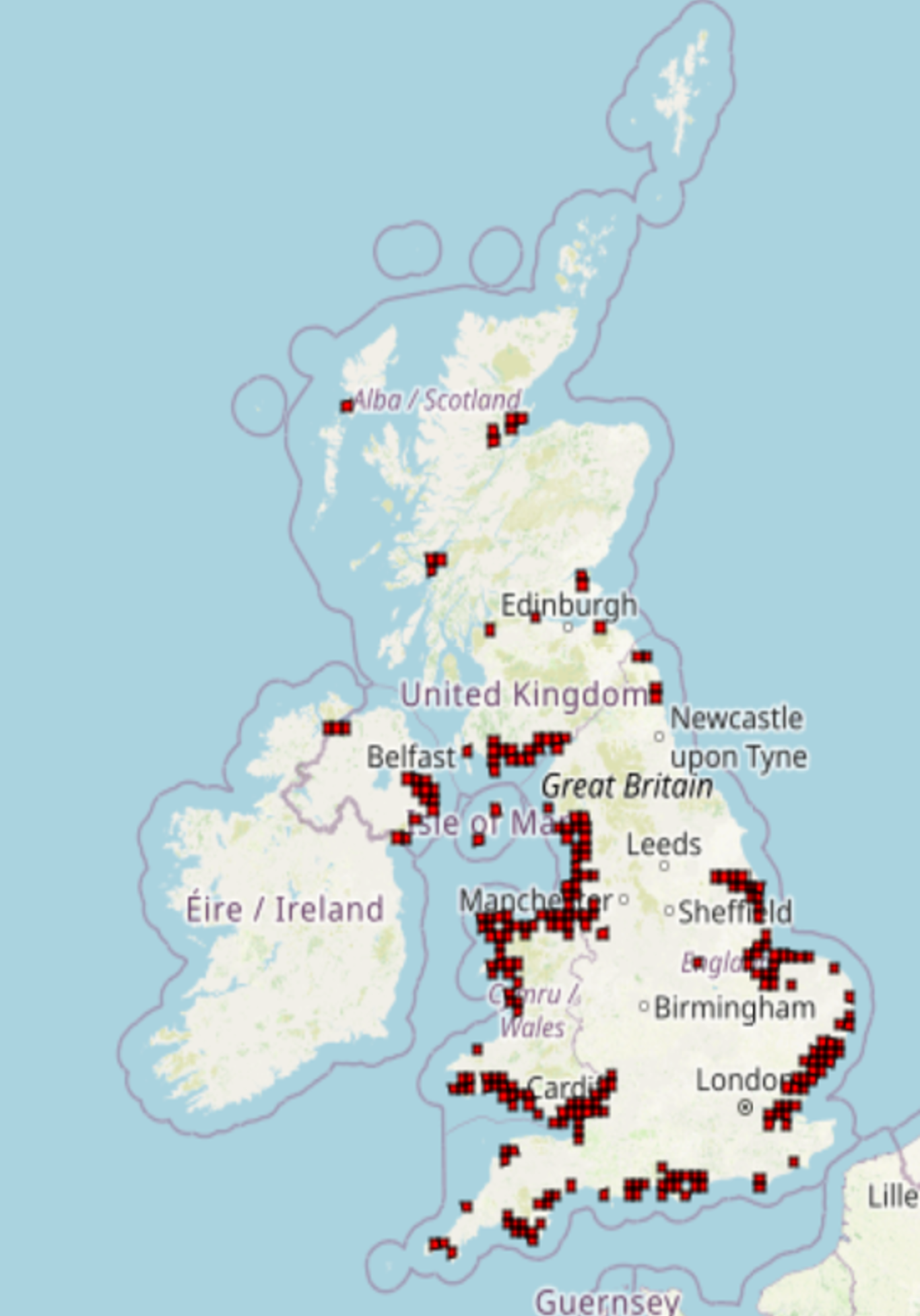Threats to Saltmarshes
Key Findings
Until quite recently, the importance of saltmarsh landscapes was not understood. Saltmarsh was believed to be wasteland, and so often used for purposes like farming or development. Only since the mid-1900s have we begun to understand their importance for biodiversity protection and climate change mitigation. (Hudson, Kenworthy and Best, 2021)
Despite our modern appreciation for these habitats, saltmarshes globally continue to decline at triple the speed of forest losses (Fewins, 2023). The causes of this decline are many and varied, with new threats having developed in recent years. This section will outline the three major types of threat:
Historical Degradation:
Historically, saltmarsh was a common location for human settlements to develop around. Their flat, accessible topography and productive land was advantageous for animal grazing, farming, and even development when drained (Gedan, Silliman and Bertness, 2009). As such, before their environmental importance was understood, much of the UK’s saltmarsh landscape was drained (or otherwise damaged) from the 1800s onwards, resulting in an 85% decrease in English saltmarsh landscape since 1860 (UK Centre for Ecology and Hydrology, 2023).
Overall, human activity is estimated to have caused a 67% reduction in saltmarsh area globally (Gedan, Silliman and Bertness, 2009).
Invasive Species:
Many invasive species, be they plant or animal, pose a risk to delicate saltmarsh landscapes. In the Southern US, species like Tiger Shrimp and Phragmite australis plants can cause problems by outcompeting native counterparts, and in the case of phragmites, over-stabilising soils (S. C. Sea Grant Consortium, 2024).
In the UK, one particular invasive species – Spartina anglica - causes significant problems for saltmarshes and other wetlands. It was intentionally planted in the early 1900s to promote land reclamation and limit coastal erosion (Roberts, 2008). Since then, it has contributed to the degradation of saltmarsh habitat due to its rapid spread and soil stabilising effect (Roberts, 2008). It is mostly a problem in England, however small pockets of the species are found in Scottish wetland areas, such as the Firth of Forth (fig. 1) (NBN Atlas, 2024). For more information on this species, see the ‘Common Cordgrass’ sheet.
Modern Threats:
As the earth’s climate continues to change, coastal locations are some of the most at risk. Being dependent on a precarious balance between sediment erosion and deposition, Natural England (2020) classifies saltmarsh landscapes as highly sensitive to climate change.
Hudson, Kenworthy and Best (2021) explain that sea level rise could both drown saltmarshes, and increase erosion of their sediments, leading to their degradation and loss. Hotter temperatures and drier seasons could cause the drying out of saltmarsh lands in summer (Natural England, 2020), while increased extreme storms could interfere with their sedimentation processes (Hudson, Kenworthy and Best, 2021). Additionally, ‘coastal squeeze’, wherein saltmarsh land is inhibited from expanding by coastal defences, can prevent saltmarshes adapting to sea level change (Natural England, 2020).

fig. 1: Spartina anglica (common cordgrass) identified between 1800-2024. (NBN Atlas, 2024)
Notes
Linked Information Sheets
Seafood Landings by Value into the North East of Scotland - Employment in the fishing industry offshore- Employment in the fishing industry onshore- Markets for Seafood - Fraserburgh Harbour, Peterhead Harbour - Aberdeen Harbour - Small Harbours north of Aberdeen - Small Harbours South of Aberdeen – Status of key commercial species – Numbers of fishing vessels – Training - Employment - Mackerel line catch value
Key sources of Information
Reviewed on/by
Status
First Draft (this is for demonstration only at this time and has not been reviewed)
To report errors, highlight new data, or discuss alternative interpretations, please complete the form below and we will aim to respond to you within 28 days
Contact us
Telephone: 07971149117
E-mail: ian.hay@stateofthecoast.scot
We need your consent to load the translations
We use a third-party service to translate the website content that may collect data about your activity. Please review the details in the privacy policy and accept the service to view the translations.

